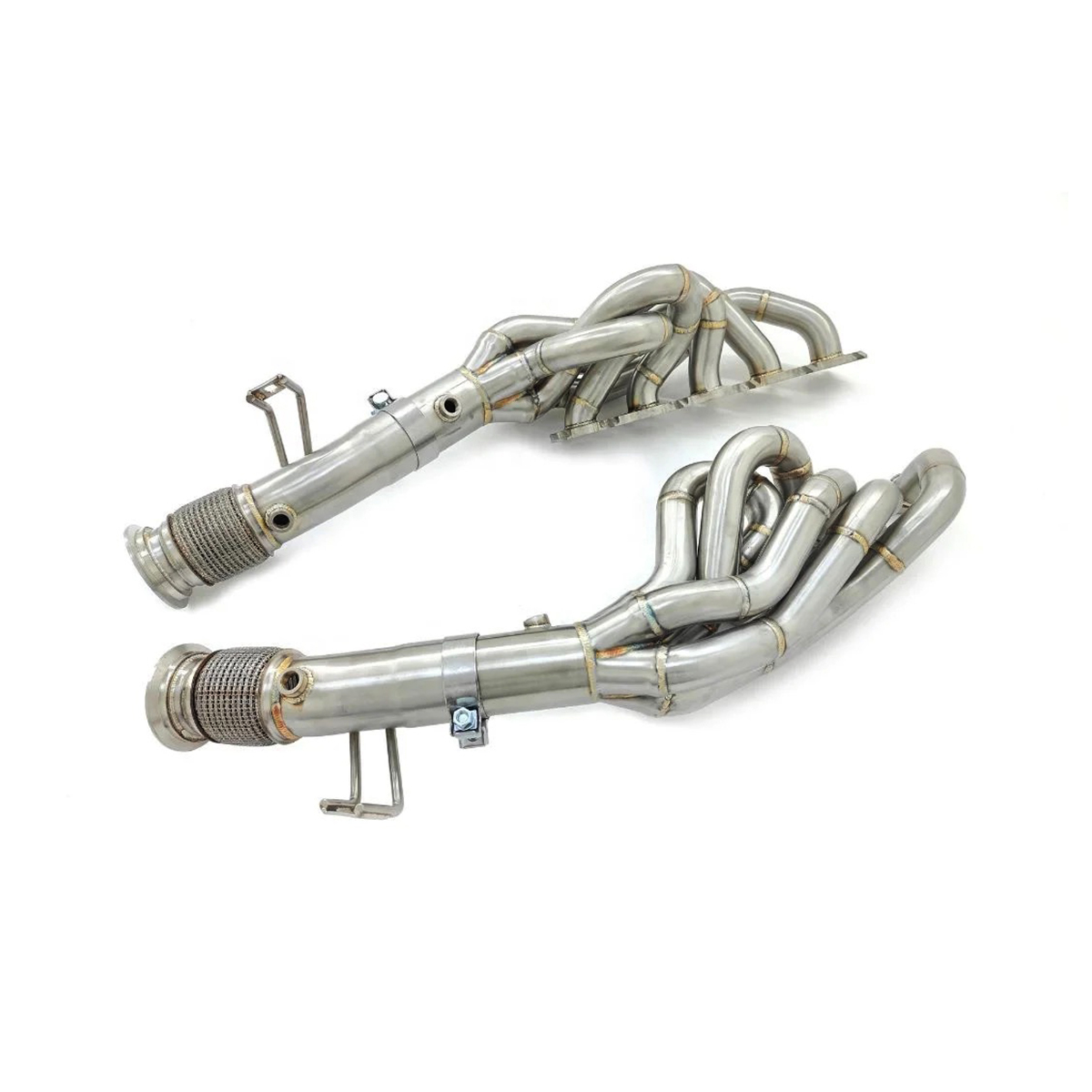The working principle of the exhaust manifold is to reduce exhaust resistance and eliminate mutual interference between cylinders through careful design, thereby significantly improving the exhaust gas emission efficiency of the engine.
Design Goal: The main design goal of the exhaust manifold is to achieve effective isolation of exhaust gases between cylinders. By ensuring that the exhaust gas of each cylinder can be discharged independently and smoothly, the exhaust gas is prevented from being blocked due to interference between the exhaust gases between the cylinders. This not only reduces exhaust resistance, but also helps improve engine output and efficiency.
Structural features: The exhaust manifold usually contains multiple branches, each branch corresponding to one or two cylinders of the engine. These branches are carefully designed and optimized to ensure smooth flow of exhaust gases and minimal disturbance. At the same time, by balancing the exhaust resistance of each cylinder, the smooth operation and efficient performance of the entire exhaust system are ensured.
System integration: As an important part of the entire exhaust system, the exhaust manifold is closely connected with components such as exhaust pipes, catalytic converters, and mufflers. When the exhaust gas in the cylinder is discharged, it first enters the exhaust manifold, and then is introduced into the catalytic converter and muffler through the exhaust pipe, and is finally discharged from the vehicle. The entire system works together to not only ensure effective emission of exhaust gas, but also reduce environmental pollution and noise during vehicle operation.

We chat
